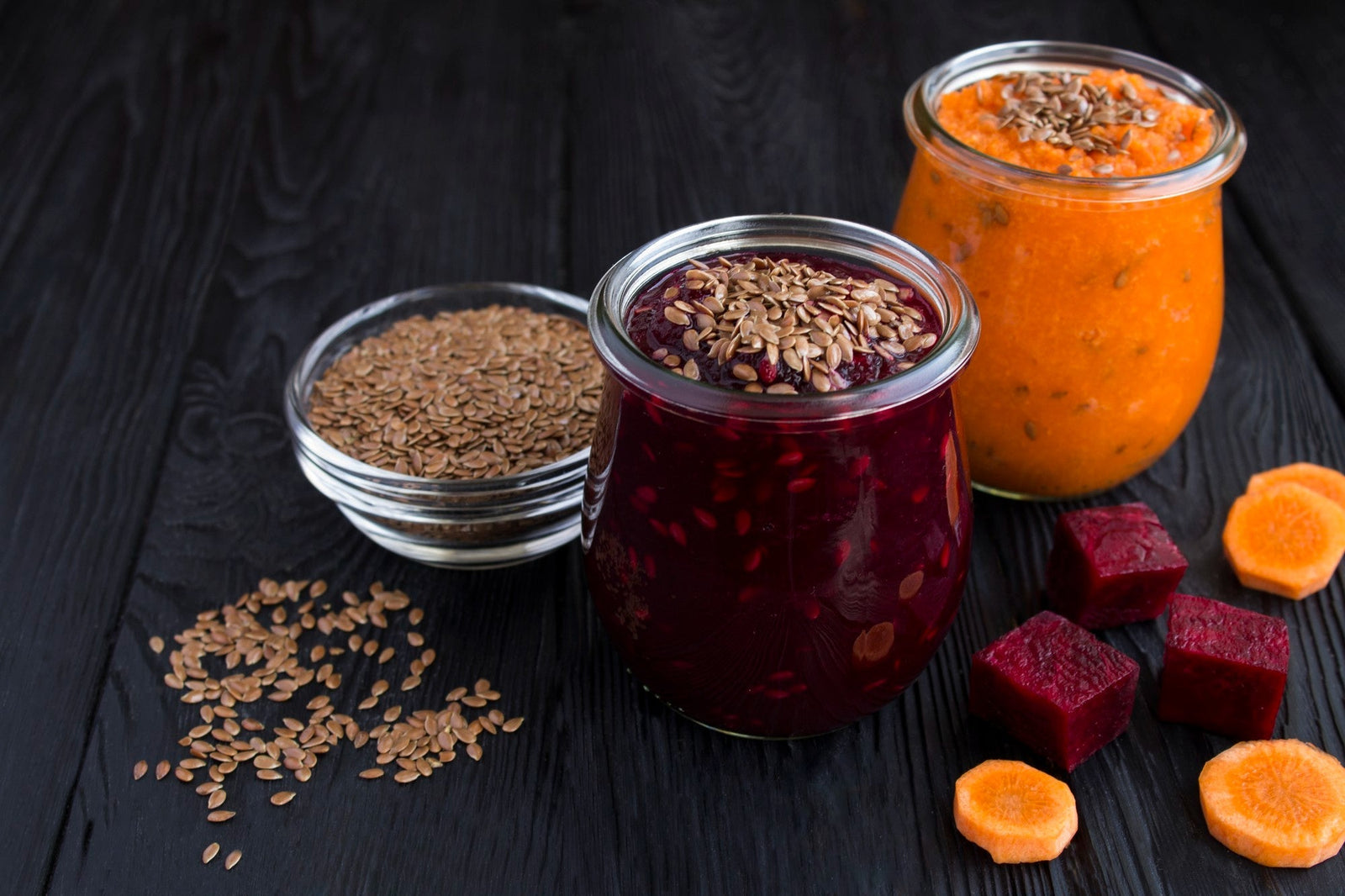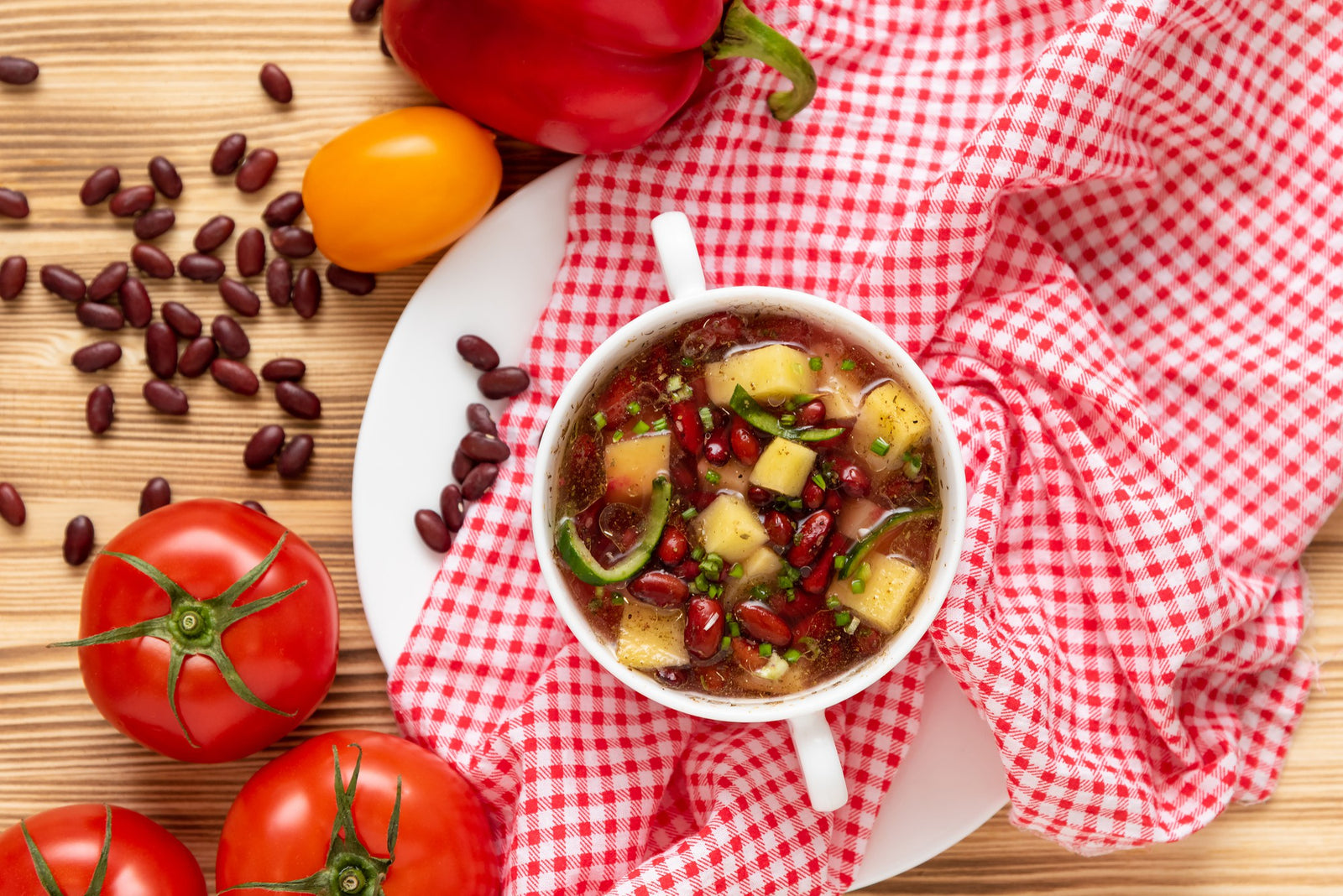
June 08, 2021 3 min read
There are different varieties of wheat berries—white and red, hard and white. Of all types of wheat berries, hard white is arguably the best for making bread. When ground, hard white wheat berries produce a light-colored flour that has all the nutrition as well as the texture of whole grain flour. This flour has a high gluten content, which makes it useful for making yeast-leavened or sourdough breads. Red wheat flour, on the other hand, is better suited for dense and hard to leaven breads.
The season in which the wheat berries were planted is a huge factor when determining which type of flour is more ideal for specific recipes. As if there weren’t enough words in front of berries already, we can add winter or spring to “hard red wheat berries”. Hard red spring wheat contains more protein and is considered a more suitable alternative for softer bread. Hard red winter wheat has less protein than spring wheat, but it mixes well with other flours. Red wheat berries are also often the source of whole wheat flour and are ideal for whole-grain bread baking. The main difference between hard and soft wheat is hard wheat contains more gluten. A high gluten content makes the dough easier to shape and also keep its shape better. Because of this, hard red wheat is a good candidate for yeast rising bread and rolls.

White wheat flour is ideal for baking bread because of its sweet flavor. Red wheat flour is more bitter and has a higher protein content than that of white wheat flour, but both have a much higher content than typical refined white flour. Hard white wheat flour can be used in the same way as any other flour. It can be used to make quick breads, sourdough starters, noodles, tortillas and flatbreads, crusts, and sweetbreads like muffins and pumpkin bread. Of course, white wheat can be used as whole berries as well. Whole berries can be steamed and prepared as a cereal, in soup, and with meat like rice. These berries are very useful and can be incorporated into almost any meal.
One of the most appealing aspects of wheat berries is their long shelf life. Whole wheat kernels can be stored in a cool, dry place for many years. They are also appealing because they make for a very versatile ingredient in cooking. Options include preparing the berries as a hearty breakfast cereal, using them as a base for salads, including them in stir-fries and casseroles, or toasting and cracking them to add to breads. Typically, preparing whole wheat berries starts with presoaking the grains to reduce cooking time, then boiling them until the kernels have softened to the desired consistency. To add some extra flavor into the wheat berries, they may be cooked in broth instead of plain water. Aromatics like garlic and onion along with other herbs may be added to the mix during the final stages of cooking. Whole wheat berries will soak up all kinds of flavors and can be incorporated into an endless number of dishes!
❤ Try our USDA certified organic Hard Red, Hard White, and Soft White Wheat Berries ❤
Thanks for reading this Be Still Farms Blog article. To sign up for more news/articles and/or recipes, click here. For more about us, click here. To shop our certified organic products, click here.
Please comment and share and we look forward to serving you in the future!
Comments will be approved before showing up.

January 27, 2025 3 min read
Flaxseed, the tiny yet powerful superfood, is packed with nutrients that can support weight loss. From curbing hunger to stabilizing blood sugar, this guide dives into the science of how flaxseed can help you shed those extra pounds.

December 11, 2024 3 min read
Discover three quick and easy soup recipes featuring organic small red beans. From a classic vegetable soup to a creamy potato blend, these wholesome recipes are perfect for chilly days and busy weeknights. Packed with flavor and nutrition, these soups will warm your heart and soul this winter!

December 06, 2024 3 min read
This vibrant and nutritious Green Lentil Salad combines tender lentils with grilled chicken, fresh vegetables, and a zesty lemon dressing. Packed with protein, fiber, and essential vitamins, it’s the perfect healthy meal for any time of day.
© 2025 Be Still Farms- Real, Fine Organics.
Privacy | Terms | Refund Policy | Organic Certification
